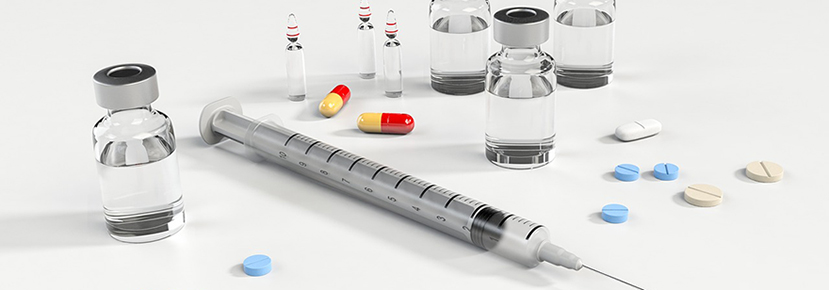A new study out of York University’s Schulich School of Business shows that biopharma companies might be ‘pulling the plug’ too late on research and development (R&D) projects that show few signs of succeeding.
The study, available online for an early view and to appear in the journal Production and Operations Management, investigates whether scientific teams in biopharma firms allocate too much time to early-stage drug discovery projects that are doomed to fail.
Spending on research and development (R&D) by firms such as J&J, Merck, Novartis, Pfizer, Roche, and Sanofi amounts to billions of dollars and is rising. However, the increase in R&D spending has not been accompanied by increases in the returns on investment (ROI), which has become a growing concern in the biopharma industry. According to the findings of the new study, a primary cause for this decline in productivity is the failure to discontinue less-promising, early-stage drug discovery projects fast enough.

Authors Moren Lévesque, professor of operations management and information systems and CPA Ontario Chair in International Entrepreneurship at York University’s Schulich School of Business, together with Annapoornima Subramanian, an associate professor of industrial systems engineering and management at the National University of Singapore, and Vareska van de Vrande, a professor of collaborative innovation and business venturing at Erasmus University, uncovered that if a biopharma firm possesses a large portfolio of late-stage drug development projects and a large scientific team involved in early-stage drug discovery, then the firm can achieve maximum gain by shifting more resources toward the late-stage projects than the early-stage ones.
“A central feature of drug discovery projects is whether the drug is more of a follower- type or first of its kind,” says Lévesque, co-director of Entrepreneurial Studies at Schulich. “Pfizer’s LIPITOR was a follower drug developed to lower bad cholesterol since it had four predecessors prior to its launch in 1997. But the NERLYNX launch by Puma Biotechnology in 2017 and the FEDOSINE launch by BioCryst Pharmaceuticals the same year were both first-in-class drugs.”
By nature, first-in-class drugs face significantly more risk during their development since they have no predecessors to learn from. “We found that highly risk-averse firms extended the time to discontinue these projects. By being highly risk-averse, risk becomes more of a concern than return, with the result that some biopharmas are not pulling the plug fast enough.”
Lévesque says these findings, which are based on rich data related to approximately 1,300 early-stage drug discovery projects in biopharma firms worldwide, also reflect a tradeoff faced by decision-makers: first-in-class drugs promise high returns but face high risk of coming to fruition, while follower drugs face lower returns and lower risk.
“Whether a drug is a follower or first-in-class is not a binary measure but more like a continuum because it is captured by the number of competitors that engage in the discovery of similar drugs,” says Lévesque. “To balance risk and return, biopharmas should favour delaying pulling the plug on those projects in the middle of this continuum.”
But there is a caveat to this recommendation, she adds: “Highly-risky, first-in-class drug projects targeted at rare diseases – aka orphan drugs – might never see the light of day if we follow this recommendation, so third-party intervention is required.
“Governments worldwide must find ways to encourage biopharmas to continue developing drug projects targeted at rare diseases, like the 2010 National Institutes of Health (NIH) program to accelerate the discovery of such drugs.”
To afford biopharma firms a longer time to pull the plug on these drugs, Lévesque contends that “policymakers can also play a crucial role to encourage biopharma firms to openly share selected drug discovery data with other firms wanting to work on these needed drugs.”
Lévesque says that recent drug discovery during the COVID-19 pandemic has opened the door to promising new models of future drug development. “AstraZeneca, Eli Lilly, and Pfizer were part of a program from the NIH where scientific teams at the biopharmas received the help of university researchers to develop new drugs,” says Lévesque. “Today, Oxford University and AstraZeneca are working together on the ‘Oxford Vaccine’ for COVID-19 or, more scientifically, ChAdOx1 nCoV-19. Such programs that combine expertise and efforts will undoubtedly remain needed in the new normal ahead of us.”


